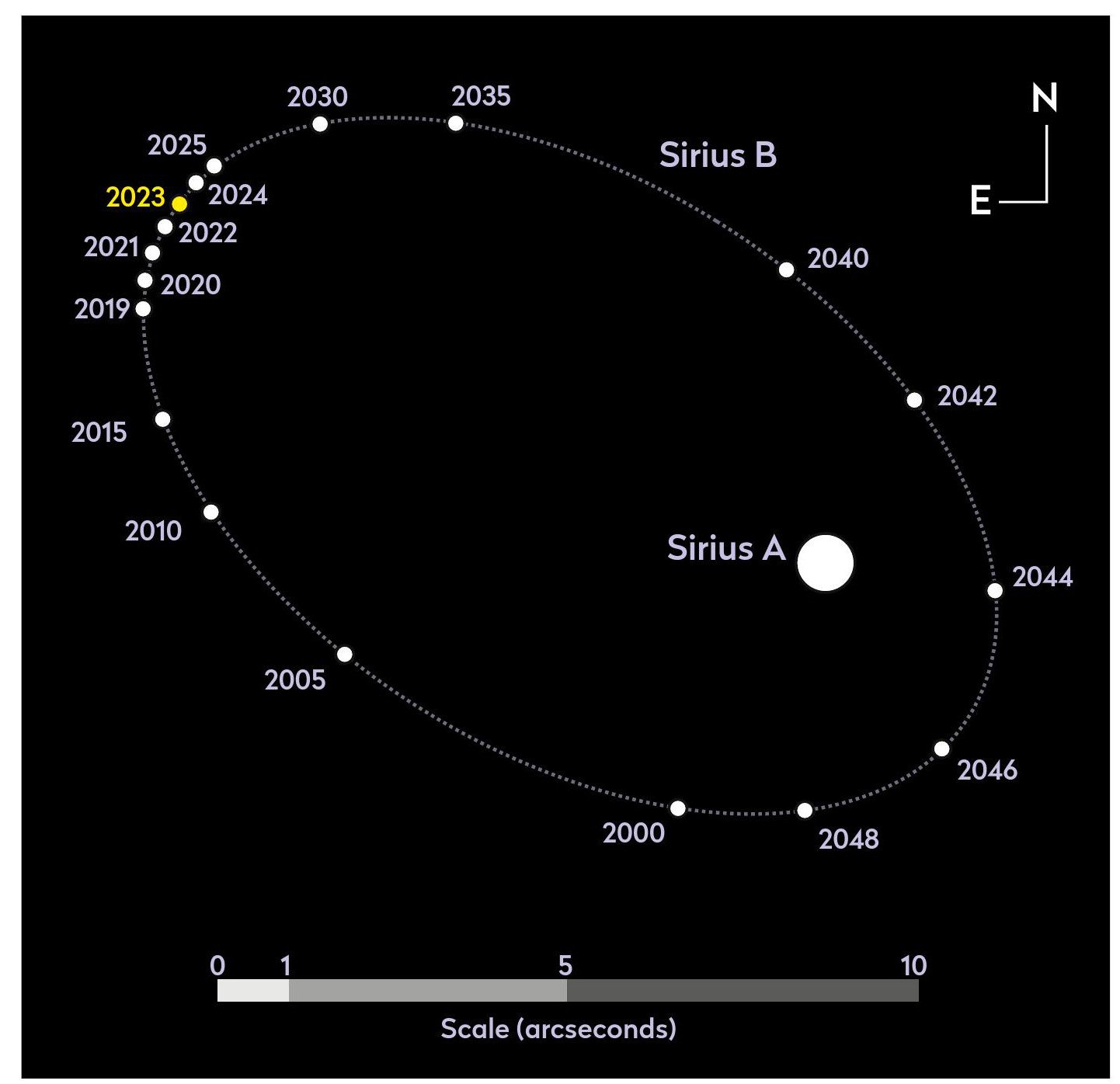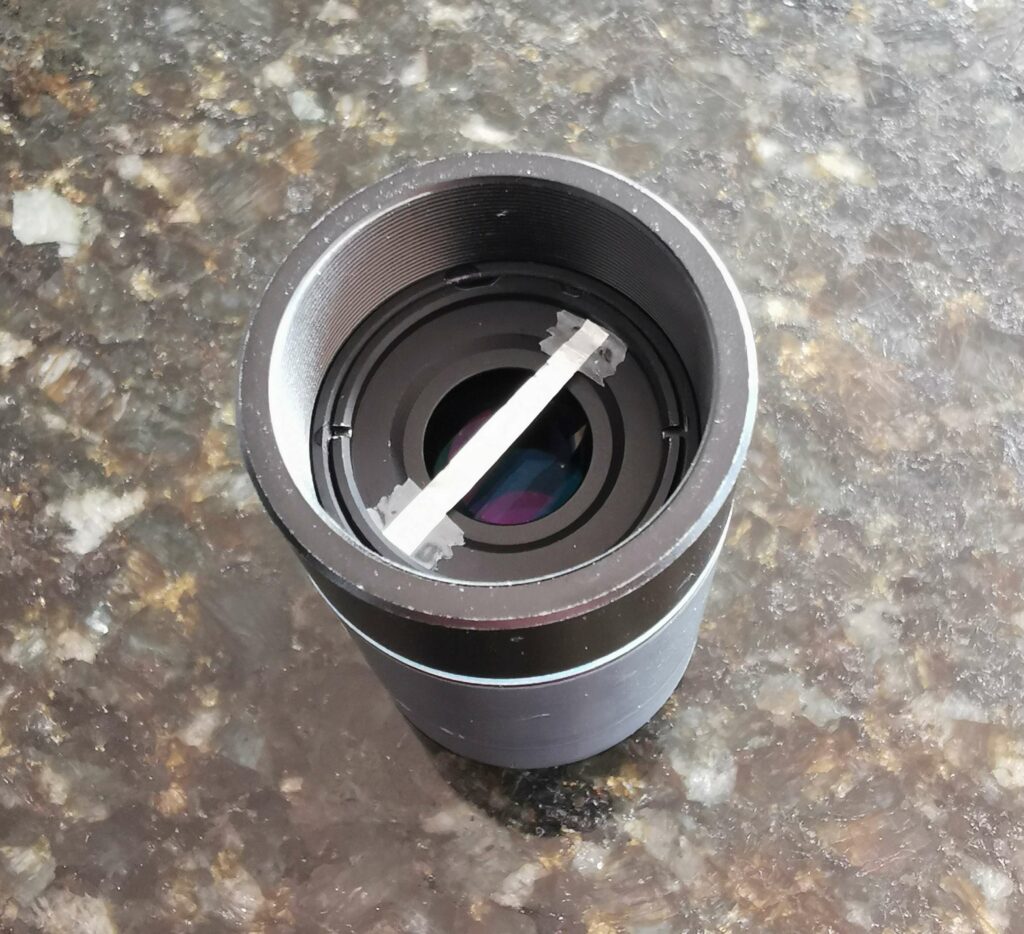Can you beat Sirius’s glare to identify its faint companion the Pup Star?

Sirius is the brightest nighttime star, shining at mag. –1.5, a beacon in the UK’s winter sky. Its brightness makes it easy to find, but if you need assistance, simply follow the line of Orion’s Belt down and left (southeast), a direction that points directly to Sirius. At 8.6 lightyears distance, Sirius is one of the Sun’s nearest neighbours. It has a white dwarf companion and this month’s challenge is to try to see or image this.
There are issues. Sirius never gets high above the UK horizon when due south and this tends to keep it in a more turbulent and unstable part of the sky. You can see the effects of this on a cold, crisp winter night, when the star flickers and flashes distinct colours. Atmospheric seeing causes the flickering; the colours appear through atmospheric dispersion. Together they produce a very striking effect.
Through a telescope’s eyepiece, Sirius’s brightness combined with atmospheric instability cause the star’s light to spread, flicker and generally be a nuisance when looking for its fainter companion. The primary is known as Sirius A, the white dwarf secondary Sirius B. Being the brightest star in Canis Major, the Great Dog, Sirius A is also known as the ‘Dog Star’, so predictably the companion has become known as the ‘Pup’.

The Pup shines at mag. +8.4 and the pair of stars have a mutual orbit that takes 50.1 years to complete. Consequently, the apparent distance between Sirius A and B varies over the years. At present they are close to maximum separation, making this an ideal time to try to record a view of the Pup.
The separation varies from less than 3 arcseconds to around 11 arcseconds. It is currently around 11 arcseconds – about the same as the current apparent diameter of Venus. Take a telescope look at Venus in the evening sky and record which eyepiece you need to use to get a distinct disc. Commit this apparent disc size to memory. If you plan to image the Pup, you’ll also need a setup that can render Venus as a tangible disc. It’s important to recognise how small the separation is as there have been many false claims of capturing the Pup over the years, based on seeing a field star way beyond the separations mentioned here.
For a visual observation, fitting a straight edge – for example, aluminium foil – to the focal plane of an eyepiece allows you to block the primary’s light. Just be sure you know which direction you need to keep visible! Alternatively, viewing Sirius under darkening twilight brings the contrast down and may make the Pup easier to see.